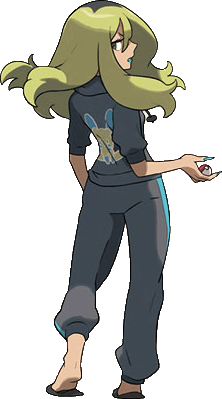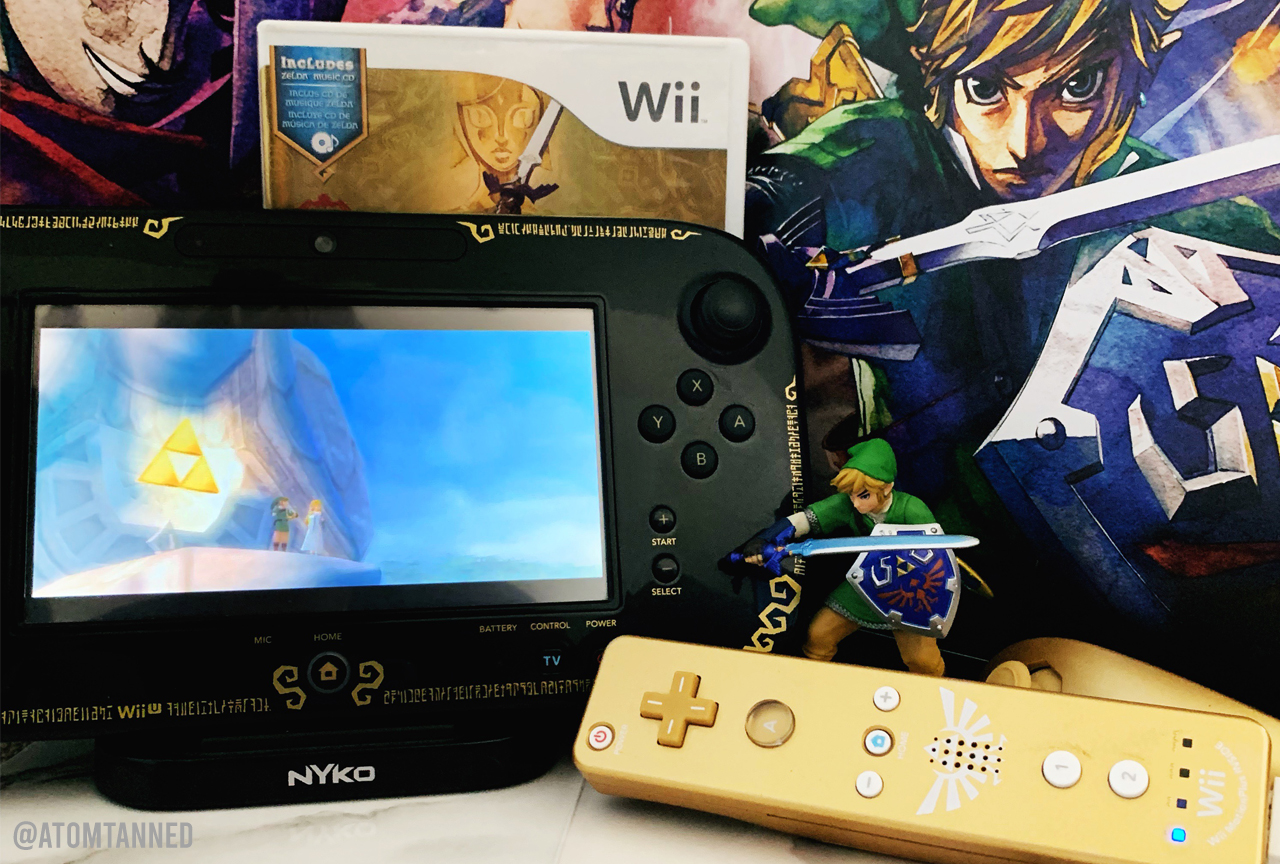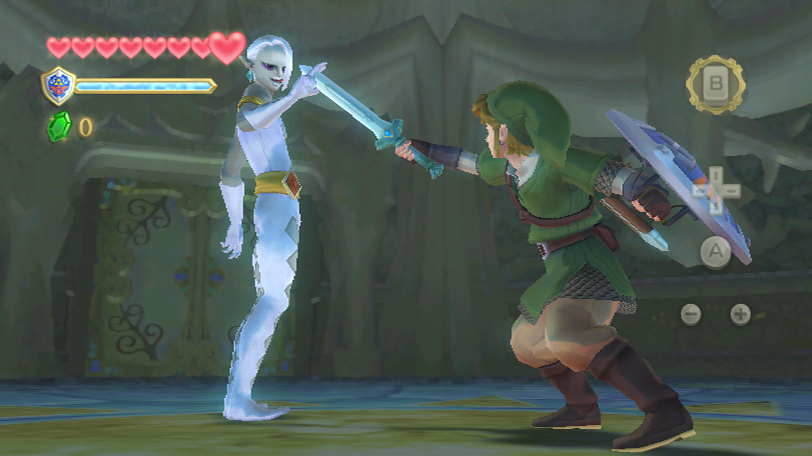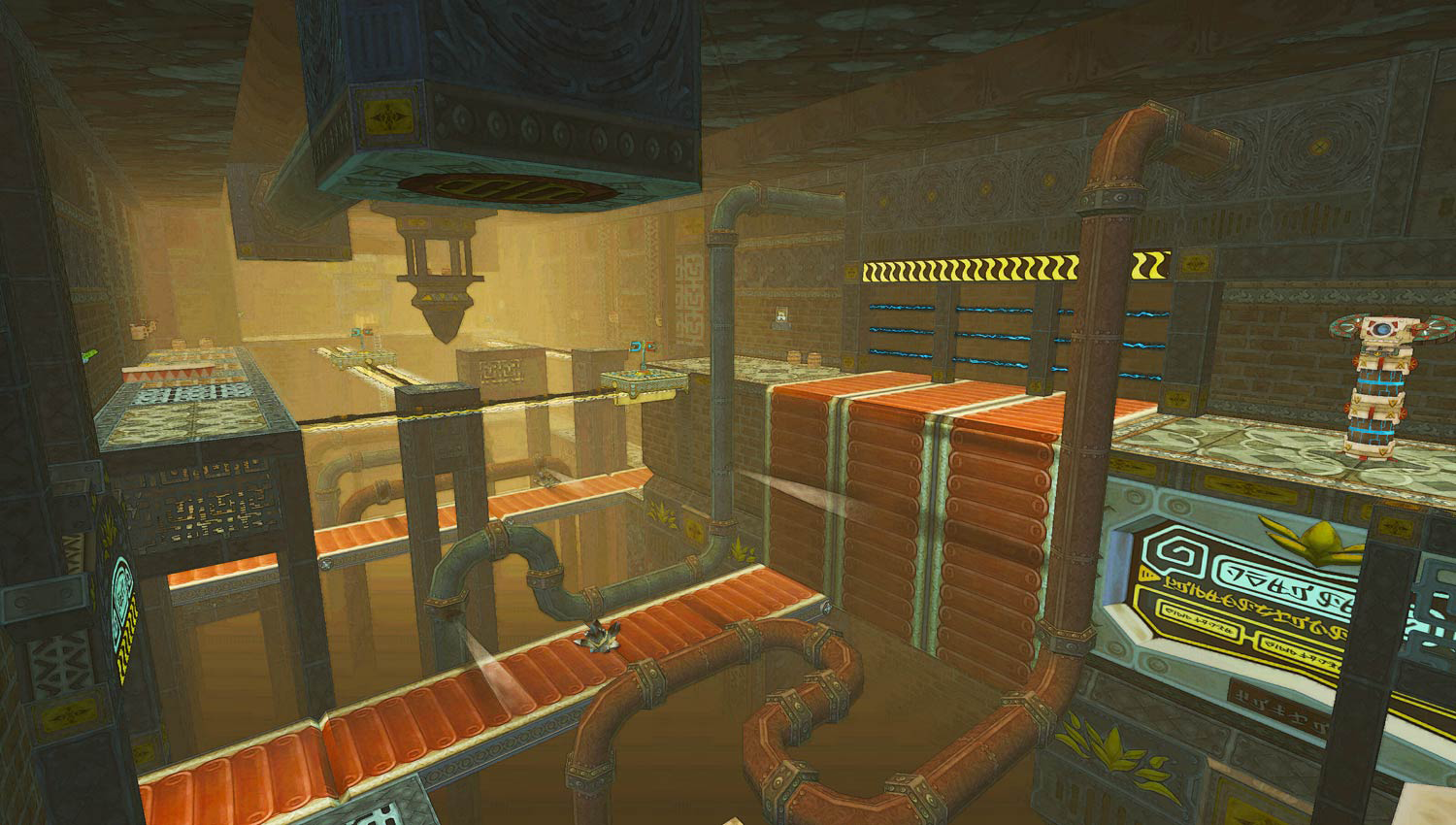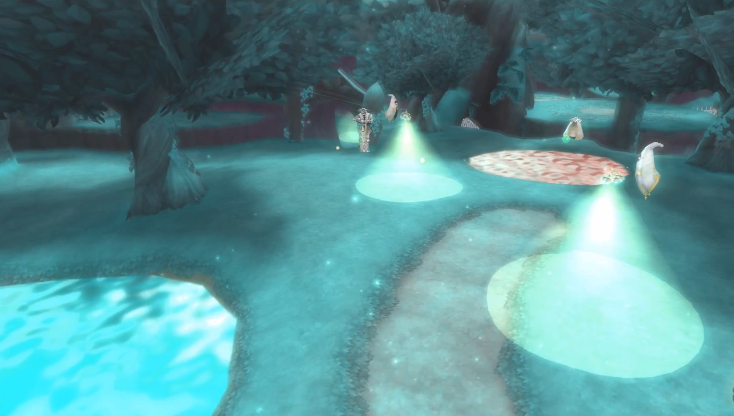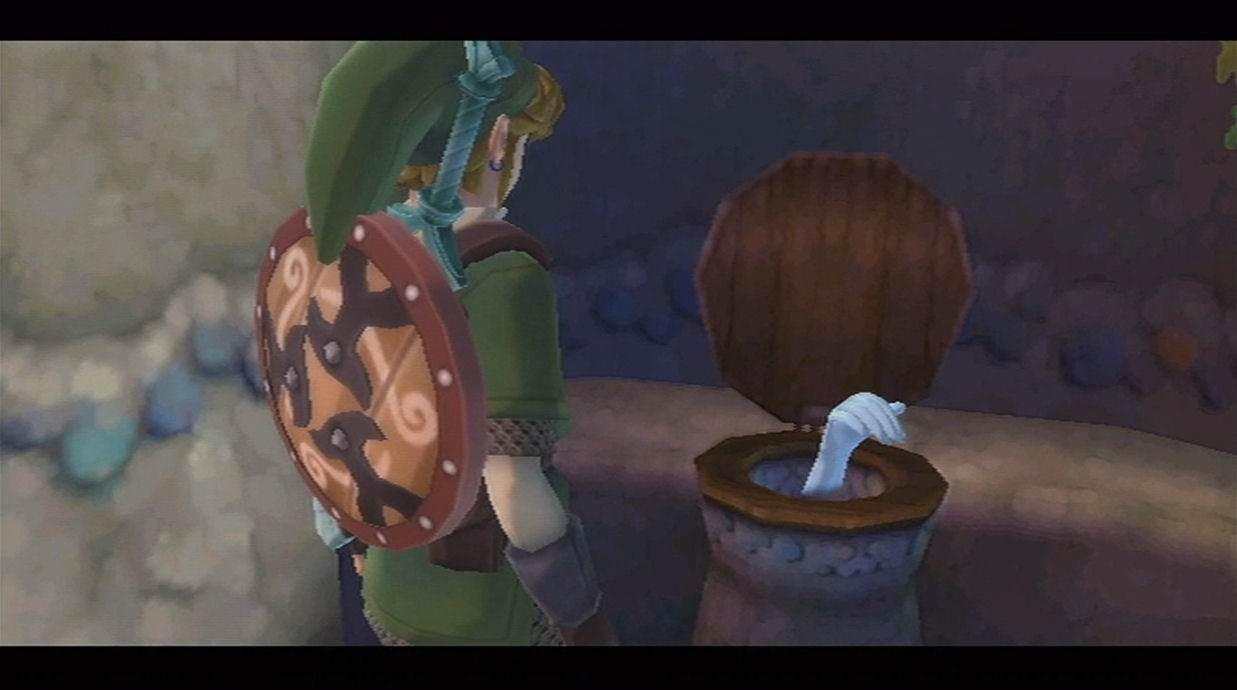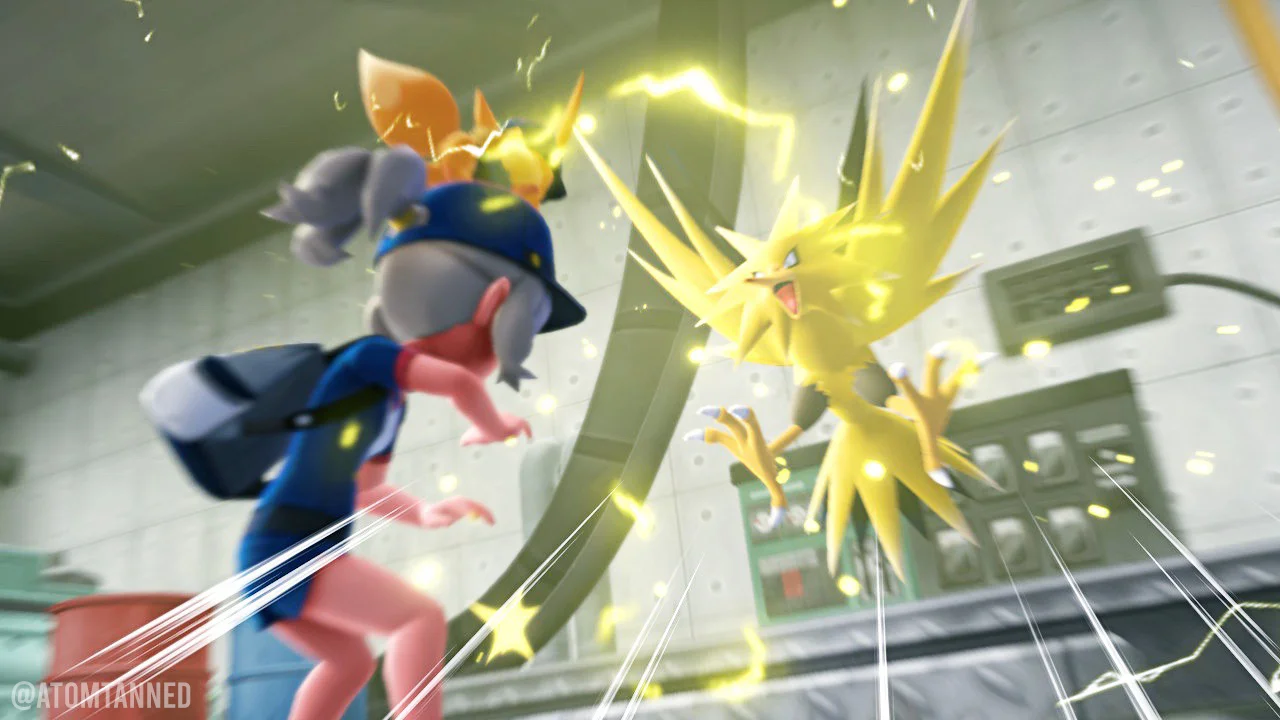REVIEW // The Legend of Zelda: Skyward Sword (Wii)
The Legend of Zelda series holds a special place in my heart - it’s the series that made me fall in love with video games, way back when I played A Link to the Past as a kid. When Hyrule Historia’s timeline first came out, I decided that I would like to play through the games in order someday. I’ve finally gotten started on that project, and recently completed my first playthrough of Skyward Sword. Maybe it’s because my expectations were low - this game seems to get a lot of hate - but I really enjoyed my time spent exploring Hyrule’s distant past!
Note: I played on Wii U, but unfortunately this platform doesn’t offer the ability to screenshot Wii games. Any images that are not mine are credited to the source and used under Fair Use policy.
THIS REVIEW CONTAINS MINOR SPOILERS & SCREENSHOTS.
STORYLINE & DESIGN
The last Zelda game I had played before this was BOTW, which I had been extremely excited for but left me a little cold (I actually still haven’t finished it). Maybe that’s one of the reasons that Skyward Sword appealed to me so much - the story felt like a return to the classic framework of Zelda games, but that’s one of the things about the series that I enjoy.
As is normal for a LoZ game, you play as Link, a hero who is predestined to save the world (and Princess Zelda) from some great calamity. This time around, it’s Ghirahim, a demon hunting Zelda to try to use her spirit to resurrect his king. One thing I love about Skyward Sword is that Zelda herself has a lot of agency and presence in the story, similar to Wind Waker - without getting too spoilery, she’s actively involved in your efforts to vanquish Ghirahim. There’s also a colorful cast of supporting characters which I found myself interacting with quite a bit.
By far the most interesting part of the storyline is getting to understand Hyrule’s history - and realizing that it stretches back much earlier than even this game. It’s pretty clear that this Link is the original Hero of Time, referenced in games like Ocarina of Time. Indeed, one of the quests in the main story results in Link and his companion Fi forging the Master Sword. Throughout the storyline, Link manipulates time to battle Ghirahim and the demon king Demise. There are also nods to other Zelda games, particularly Ocarina of Time, throughout - for example, the seals of the Sages from OoT can be seen in the Sealed Grounds. For more information on the possible connections between Skyward Sword and the Hyrule present in later games, I suggest reading this excellent summary of Skyward Sword lore on Zelda Dungeon.
The art design of Skyward Sword is also a high point, and is among my favorite in the series. I never liked the cartoony feel of Wind Waker, and have always preferred the realism of the N64 titles and Twilight Princess, but Skyward Sword manages to unite the two in a way that is beautiful and enjoyable. Bright and colorful at most times, it also can feel menacing, and it really sets the tone of the game. It’s a clear predecessor to BOTW’s painted feel, and even though the game is now approaching 10 years old, it holds up incredibly well. I would absolutely love to see this game remastered for the Switch.
GAMEPLAY
While I absolutely loved the storyline of Skyward Sword, I think the gameplay is what makes this title hit or miss for many players. In fact, I would say that Skyward Sword succeeds despite some serious flaws in the gameplay mechanics, which is a testament to how enjoyable the story is.
By far the biggest complaint about Skyward Sword is the motion controls. Released well into the Wii’s lifecycle, Skyward Sword goes all in on motion controls, and it suffers for it. The issue is that combat in particular requires precise and accurate movements, something that the Wiimote just doesn’t really support. The absolute worst moments while playing this game are entirely due to inaccurate motion controls, making you want to throw your Wiimote right through the screen at times. If the motion controls had been limited to secondary items (like the Beetle, a device used for exploring hard-to-reach areas) the game would have been far more enjoyable. A few of the mini games suffer from the motion controls as well.
The other big flaw in Skyward Sword is repetition. The world in Skyward Sword, despite feeling expansive at first blush, is actually quite small, and both the main quests and side quests have you visiting the same areas repeatedly. Travel throughout the sky gets old VERY quickly, as there is little to discover and there’s not a good way to quickly return to places you’ve already been. Many of the side quests are essentially fetch quests, and while I found the motivations behind them charming, the mechanic does start to feel boring, especially if you’re doing several consecutively. Some of this repetitiveness could have easily been mitigated by adding quick travel points to major areas on Hyrule and in the sky.
There are some really fantastic gameplay elements as well, however. The dungeon design in particular is very strong, and was a welcome return for me after the relatively dungeonless experience of BOTW. My absolute favorite is the Lanayru Mining Facility, where Link must use Timeshift Stones to transform portions of the dungeon into the distant past to navigate. In fact, the entire Lanayru Desert uses this functionality to great effect, and was one of my favorite areas of the game.
Another standout for me was the Silent Realm, where Link must collect Sacred Tears while avoiding the attention of Guardians and Watchers scattered throughout the area. I know some people hated this mechanic, but I really enjoyed them - it was a challenge to strategically collect the Tears in a way that allowed a safe path without awakening any of the Guardians. Definitely a punishing challenge - if Link is hit even once by a Guardian the sequence starts from the beginning - but I was able to make it through most of the Silent Realms on the first or second try.
While the side quests themselves suffer from repetitive fetch quest mechanics, the effects of them are quite fun to observe. Several quests have alternate outcomes depending on decisions Link makes, and while they don’t have any impact on the story, it’s fun to see what happens. I actually reloaded my save at one point because I didn’t like the outcome of one of the side quests. I wish they had done more with this mechanic, as it makes the repetitive nature of the quests easier to ignore.
Finally, and especially interesting to me as a first-time player of Skyward Sword, were some early predecessors of BOTW mechanics that people either seem to love or hate. Both stamina and the idea of semi-permanent gear make their first appearance in Skyward Sword. Stamina only comes into play when running, and you can collect little green fruit as you dash around to replenish your stamina. Additionally, most of the shields in the game can break if you use them improperly, needing to be repaired at the blacksmith in Skyloft. I actually prefer the way that shield-breaking is done in Skyward Sword vs. BOTW - you only incur damage to your shield if you miss a block. I know some people loved the breaking weapons in BOTW, but it was one of my biggest pet peeves since it happened constantly.
RATING
As I mentioned earlier, Skyward Sword was a game I found myself thoroughly enjoying - enough to go for 100% completion - despite being incredibly frustrated at times by the mechanics. A gorgeous art style and fantastic dungeon design, accompanying an engaging story, make this a worthwhile experience for anyone who loves the lore behind the land of Hyrule. I sincerely hope Nintendo remasters this game while improving on some of the mechanics, as it has the potential to be a standout in the series.
